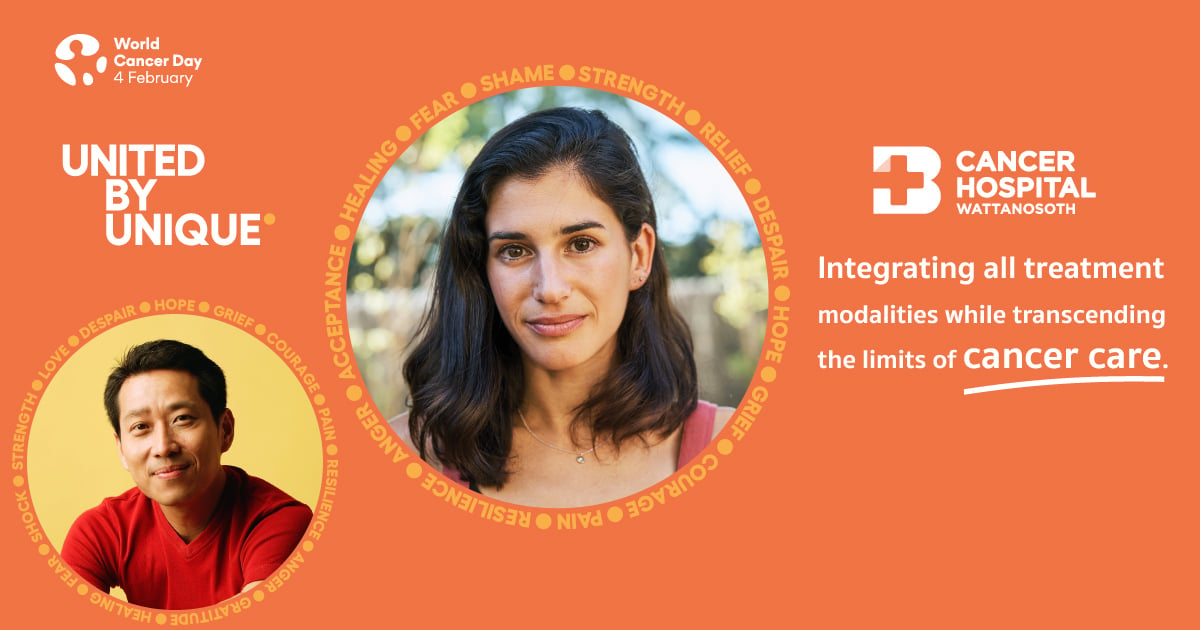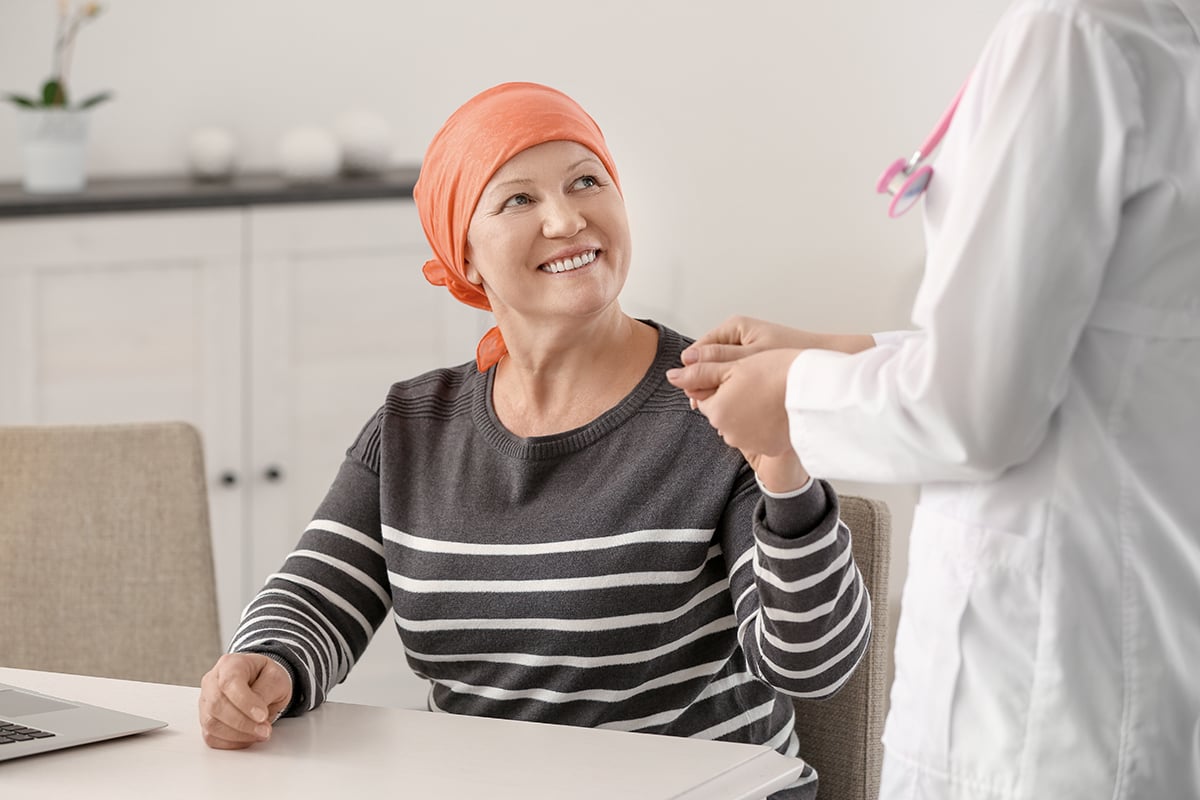
World Cancer Day 2025: United by Unique. Integrating all treatment modalities while transcending the limits of cancer care.
The cancer mortality rates have continued on rise, making it a leading cause of death worldwide. Despite an increased cancer incidence, medical advancements and cutting-edge technology play a vital role in coping with different types of cancer. More importantly, early detection of cancer, both screening and early diagnosis can save lives, especially when cancer is caught at its earliest stages. To reach the best possible treatment outcomes, a wide variety of cancer treatment approaches have been deployed while surgery, radiotherapy and chemotherapy are often reserved as primary options. Nevertheless, survival rates extensively hinge upon type and stage of cancer as well as age and overall health condition of each individual.
World Cancer Day is the one singular initiative under which the entire world can unite together in the fight against the global cancer epidemic. Taking place every year on 4 February, it aims to prevent millions of deaths each year by raising awareness and education about cancer, and pressing individuals across the world to take action against the disease. On the occasion of World Cancer Day 2025, Bangkok Cancer Hospital Wattanosoth would like to take part in coping with cancer while promoting good health among people as the best way to stay away from cancer.
Integrating all treatment modalities while transcending the limits of cancer care.”
#WorldCancerDay #United by Unique

Fighting off cancer
To attain effective cancer treatments, access to the full range of essential cancer care and services must be ensured. Depending on type and stage of cancer, the ultimate goals involve an increased survival rate and prolonged life expectancy while preserving patient’s quality of life. Cancer treatments are intended to cure a cancer, shrink a cancer or stop the progression of a cancer. Several cancer treatment options include:
- Surgery The goal of surgery is to entirely remove the cancer or as much of the cancer as possible. With advanced technology in minimally invasive surgery, laparoscopic surgery results in smaller incisions, less pain, fewer postoperative complication, leading to faster recovery and a quick return to daily life. Nonetheless, laparoscopic surgery might not be a preferred option in some cases due to certain limitations and potential risks. The best surgical approach for each patient will be determined by the surgeon and multidisciplinary team.
- Radiotherapy Radiotherapy uses high-powered energy beams, such as X-rays and proton to precisely kill cancer cells. Radiotherapy can be originated from a radiation machine outside the body (external beam radiation) or it can be placed inside the body (brachytherapy). Prior to treatment, radiotherapy treatment planning will be conducted by the radiation oncologists and other specialists as a complex process that relies on advanced imaging and computing technology to deliver a precise beam with high energy to destroy cancer cells with less damages to surrounding areas. Depending on cancer type and stage, radiotherapy can be used to cure a cancer or to alleviate cancer-related complications, such as minimizing pain and controlling bleeding.
- Chemotherapy Chemotherapy involves drug treatment that uses powerful chemicals to kill cancerous cells which are fast-growing cells in the body. Chemotherapy is often used to treat cancer, since cancer cells grow and multiply much more quickly than normal cells in the body. Chemotherapy drugs can be used alone or in combination to treat a wide variety of cancers. Even though chemotherapy is considered an effective way to treat many types of cancer, it also carries a risk of numerous side effects, ranging from mild to serious. As advanced medical technology continues emerging, newer generations of chemotherapy drugs have been developed over decades. The major aims of chemotherapy are to cure the cancer or increase the chance of cure, reduce symptoms and improve survival. In addition, chemotherapy given to patients before surgery as a main treatment (known as neoadjuvant chemotherapy) helps reducing tumor size whilst adjuvant chemotherapy administered after surgery aims to kill any remaining cancer cells with the goal of reducing the chances of recurrence.
- Hormonal therapy Hormonal therapy is a treatment that uses hormone to slow or stop the growth of cancer cells that need hormones to grow. The roles of hormonal therapy are apparently seen in certain types of cancer, such as hormone receptor-positive breast cancer and prostate cancer.
- Targeted therapy Targeted therapy uses drugs or other substances to precisely identify and attack certain types of cancer cells. A targeted therapy can be used alone or in combination with other treatments, such as traditional or standard chemotherapy, surgery or radiation therapy. Despite the fact that targeted therapy poses superior advantages, including high efficacy and less side effects, this treatment seems to work only in certain types of cancer where all indication criteria are met. Whether or not targeted therapy is an ideal treatment option, the consideration will be made by the medical oncologists.
- Immunotherapy Immunotherapy is a type of cancer treatment that boosts the body’s natural defenses to fight against cancer. It works by helping the immune system recognize and attack cancer cells more effectively. As a biological therapy, immunotherapy can be used in several types of cancer. The success rates depend on specific type of cancer and its severity as well as individual response that might vary among individuals. The consideration will be made by the medical oncologists if immunotherapy is an ideal treatment option for each patient.
- Bone marrow / stem cell transplantation Bone marrow / stem cell transplantation uses either patient’s bone marrow stem cells or those from a donor with HLA (human leukocyte antigen) matching to treat certain hematologic malignancies, such as leukemia, lymphoma and myeloma as well as some type of reproductive cancer.
- Combined-modality therapy Combined-modality therapy is used when a patient is treated with two or more of treatment modalities. These combinations are considered when it seems to improve the chance of cure or decrease the risk of significant complications by using combined modalities rather than just one. The treatment plan depends on cancer type, stage and severity as well as underlying health condition of each patient. Mutual treatment goals will be determined by a multidisciplinary team in which patient’s quality of life is taken as a major concern.

Stay away from cancer: The 5 do’s and 5 don’ts
The 5 do’s
- Exercise regularly
- Stay relaxed and stress-free
- Eat more fruits and vegetables
- Consume healthy diets
- Have regular health check-ups
The 5 dont’s
- Do not smoke
- Do not have unsafe sex
- Do not drink alcohol
- Do not expose to excess sunlight
- Do not eat raw freshwater fish
The ultimate goals in cancer care are to improve the chance of being cured, mitigate pain and discomfort while bringing back patient’s joy and quality of life. On the occasion of World Cancer Day 2025, Bangkok Cancer Hospital Wattanosoth would like to encourage everyone to look after your health while staying away from cancers. Early detection saves lives, and so do you. Let’s start making a change for minimizing the risk of cancer through lifestyle modification and having regular health check-ups.